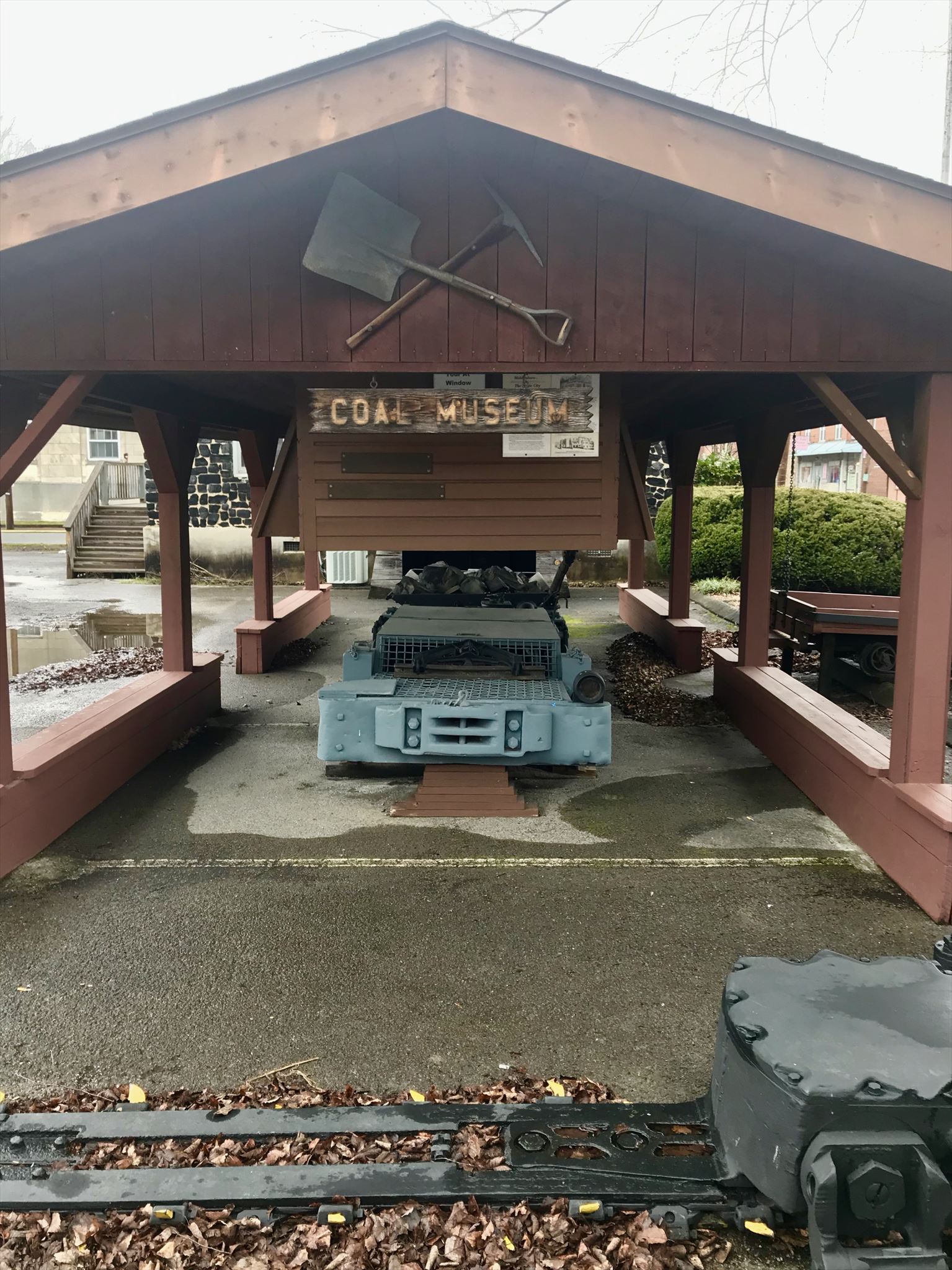
Middlesboro Kentucky Meteor
Middlesboro crater is a 3-mile (4.8 km) diameter meteorite impact crater in which Middlesboro, Kentucky, is located. The crater was identified in 1966 when Robert Dietz discovered shatter cones in sandstone, which led to the further identification of shocked quartz. Shatter cones, a rock shattering pattern naturally formed only during impact events, are found in abundance in the area. In September 2003 the site was designated a Distinguished Geologic Site by the Kentucky Society of Professional Geologists.
Without Middlesboro crater, it would have been difficult for packhorses to navigate this gap, formed by differential erosion along one of the subsequent cross faults, and improbable that wagon roads would have been constructed at an early date. Middlesboro is the only place in the world where coal is mined inside an impact crater. Special mining techniques must be used in the complicated strata of this crater. The abundance of coal in the area is caused by the killing of flora in the area by the meteor causing coal to be produced from the decay.
Coal in Kentucky
Just two years after the first coal was discovered in the United States in 1750 explorer Thomas Walker discovered coal in what would become Kentucky and used it to heat his camp fire. Although his discovery came in the Eastern Coalfield it would be another 150 years before commercial coal production occurred there. In 1820 the first commercial coal mine in Kentucky opened in the Western Coalfield in Muhlenberg County. In its first year the mine produced 328 tons of coal. By 1843 the state produced 100,000 tons of coal, and by 1879 the state produced one million tons of coal, all coming from the Western Coalfield.
In 1900 the first commercial coal mine was opened in the Eastern Coalfield in the community of Betsy Layne in Floyd County. Coal mining experienced rise and fall throughout most of the early to mid 20th century. The two World Wars made for periods of boom. The first was followed with a severe bust, brought on by the end of the Great War and then continued by the Great Depression. Following World War II, the drive toward mechanization and the Korean War pushed the industry even higher. However, railroads and households soon began shifting from coal to oil and gas for their energy needs, and the industry yet again experienced a downturn.
By 2001 8.36 billion tons of coal had been extracted from Kentucky, 5.78 billion tons coming from the Eastern Coalfield and 2.58 billion tons coming from the Western Coalfield. As of 2004 around 13% of total coal reserves have been extracted from the Western Coalfield, although much of the remaining 87% of reserves are not reachable with current technology. Around 19% of coal reserves have been extracted from the Eastern Coalfield.
Two phenomena have resulted in a major reduction in the number of mine workers and number of mines in Kentucky. First, increased mechanization in both Kentucky coal fields has reduced the need for labor. This has become even more pronounced with the emergence of strip mining. Secondly, acid rain regulation found in the 1990 Clean Air Act Amendment has made Kentucky coal, with its medium to high sulfur content, less desirable. That amendment requires companies to either remove the sulfur through scrubbers or switch to low-sulfur coal, found in western states like Wyoming, or submit to fines for their sulfur production.
While comparably higher in sulfur content, the Eastern Kentucky coal does have a higher carbon density than Wyoming coal, so less of it has to be burned to produce the same amount of electricity, thus producing less per capita carbon dioxide emissions. Eastern coal remains widely used across the United States.
The Western Coalfield has been hit much harder by acid rain regulations. Whereas about half of Eastern coal is high in sulfur content, nearly all Western coal falls into this category. In recent years the state government has been seeking to land so called "coal to gas" operations that convert coal into liquid fuels that closely resemble either natural gas or petroleum. wikipedia
Middlesboro, Kentucky was established in 1886 to exploit iron and coal deposits. Built out of one of southeastern Kentucky's most abundant natural resources. In 1926 over 42 tons of coal were used to build a house now occupied by the Middlesboro Chamber of Commerce. In 1988 a tornado blew away the back of the house; it was replaced with vinyl siding, so perhaps this is only three-quarters of a coal house. Next to the Coal House is a nice little outdoor coal mining exhibit.
The Coal House Museum is next door to the Chamber of Commerce. It gives historical references to coal in the nearby counties and some of the equipment used to mine in the area. Because of the mining that must be done in the area the equipment is low profile and different than other region of Kentucky. To log this earthcache please answer the some questions from the readings and from the exhibits at the museum which is always free and open to the public.

Please message your answers to our profile:
- Upon observing the coal, what is the thickness of the coal used to build the coal house? Can you smell sulfur in the coal?
- The mining car was specialized for mining coal in this area. What do you observe that makes it suitable for mining narrow coal seams??
- Optional, please take a picture of yourself and GPS at this location.
| We have earned GSA's highest level: |
 |
